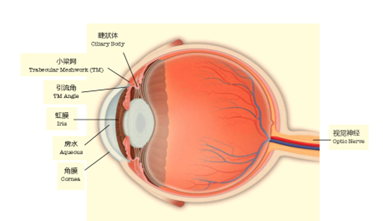
Glaucoma is known as the "thief of sight" that silently threatens vision. This silent but extremely destructive eye disease is gradually becoming the biggest threat to vision health.
According to statistics, approximately 80 million people worldwide diagnose glaucoma. The number rise as the life expectancy increase, and is estimated to rise to 120 million in 2040. Therefore, it is important to understand the types, symptoms, risk factors and preventive treatments of glaucoma to protect your eyesight/vision.
Dr. Ch’ng Tun Wang , Consultant Ophthalmologist & Glaucoma Surgeon of Pantai Hospital Ipoh said The eyeball is like a balloon and requires a certain amount of pressure to maintain its spherical shape. This pressure to maintain the eyeball is called intraocular pressure. The pressure in the eye is usually maintained by the fluid produced inside the eye, medically known as "aqueous humor". Aqueous humor is produced by a tissue called "ciliary body" in the eye, which is continuously transport, lubricates, excrete waste, and finally flow out from the eye through a tissue called "trabecular meshwork" into the blood circulation. The normal intraocular pressure ranges from 10-21mmHg. A dynamic balance between the production and drainage of aqueous humor maintains a stable intraocular pressure.
Dr Ch’ng explained Glaucoma is known as the "thief of vision" and defined as optic neuropathy. In most cases of glaucoma, the eye's drainage system becomes blocked, preventing fluid from draining properly, causing pressure in the eye to rise. Excessive pressure will compress the eyeball tissue, causing damage to the optic nerve and affecting vision.
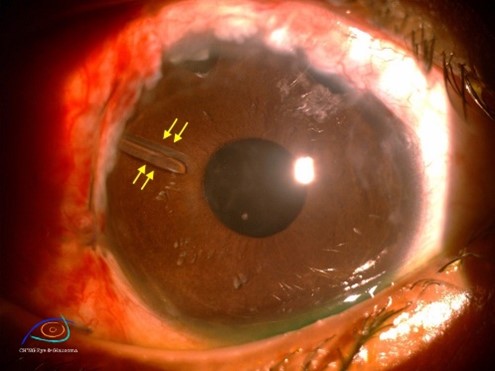
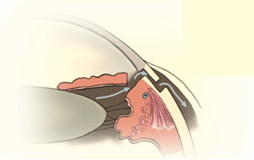
Dr. Ch’ng shared that there are different types of glaucoma, including Open Angle Glaucoma, Close Angle Glaucoma, Normal Tension Glaucoma, Congenital Glaucoma and Secondary Glaucoma. Early glaucoma is usually asymptomatic, but peripheral visual field defects gradually appear, and patients are Described as "tunnel vision."
“Symptoms of acute angle-closure glaucoma are severe headache, eye pain, nausea vomiting, blurred vision, halos around lights and red eyes. Whereas Congenital Glaucoma may develop during infancy.” Secondary Glaucoma is caused by certain medical conditions such as diabetes, eye injury, long-term eye inflammation, certain types of eye surgery, and long-term use of corticosteroid eye drops can indirectly cause glaucoma.”
Dr. Ch’ng said the damage caused by glaucoma are not reversible. Treatment and regular screening can help early detection and prevent vision loss especially for those who are in high risk for glaucoma.
Among the risks factors are High intraocular pressure, over the age of 55, Family history of glaucoma, Presence of certain medical conditions such as diabetes, migraines, high blood pressure and sickle cell anemia, thin central cornea thickness, extreme near sightedness or far sightedness, had eye injuries or certain types of eye surgery and Long-term use of corticosteroid eye drops. Treatment options include include anti-glaucoma eye drops, oral medications, laser therapy, surgery or combination of methods.
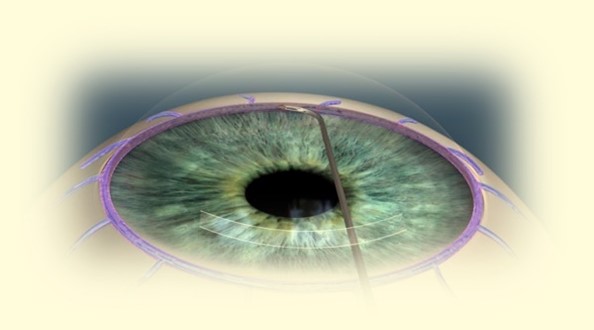
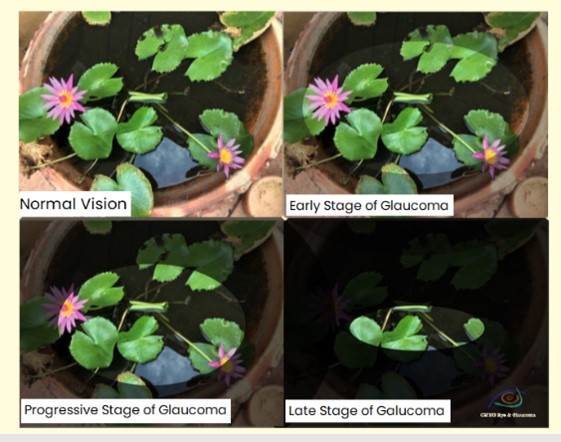
Dr. Ch’ng Tun Wang said that glaucoma is an eye disease that requires everyone's attention and vigilance. Regular eye screening, understanding family history and taking preventive measures will help protect our eye from this disease.
Understanding the disease’s types, symptoms, risk factors, and preventive treatments is crucial to protect your vision. Regular eye screening, understanding family history, and taking preventive measures will help protect our vision from this disease.
In this era of technology, let’s protect our eyesight by start with understanding glaucoma.
This article was contributed by Dr. Ch’ng Tun Wang, Resident Consultant Ophthalmologist and Glaucoma Surgeon at Pantai Hospital Ipoh. To know more about where and when to see Dr. Ch’ng Tun Wang at his clinic, click here.

